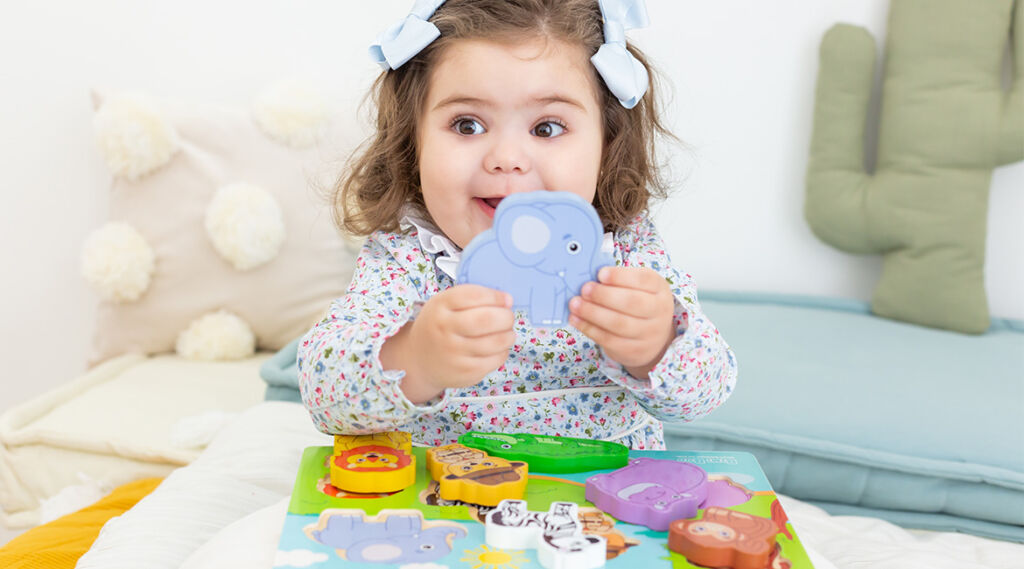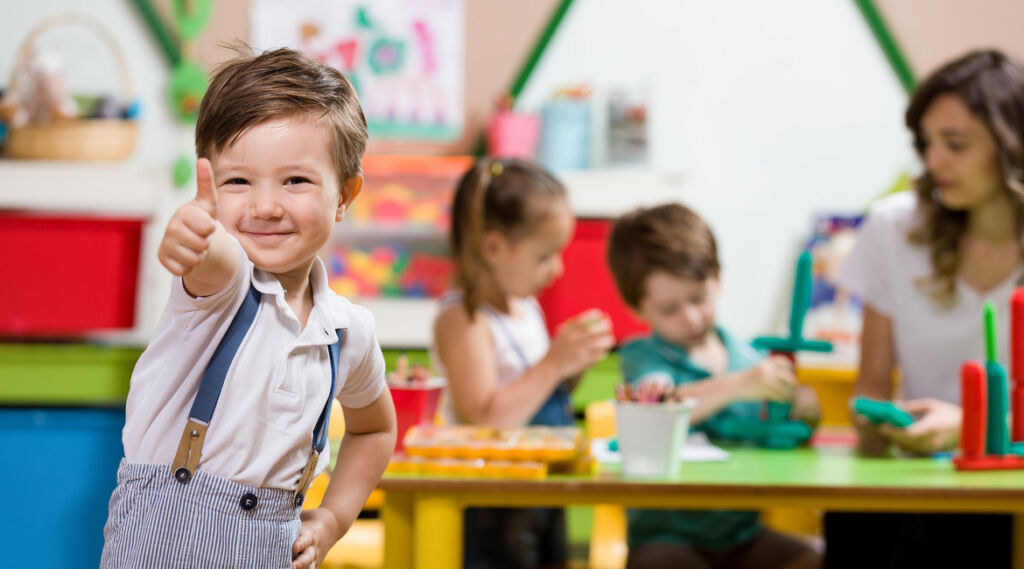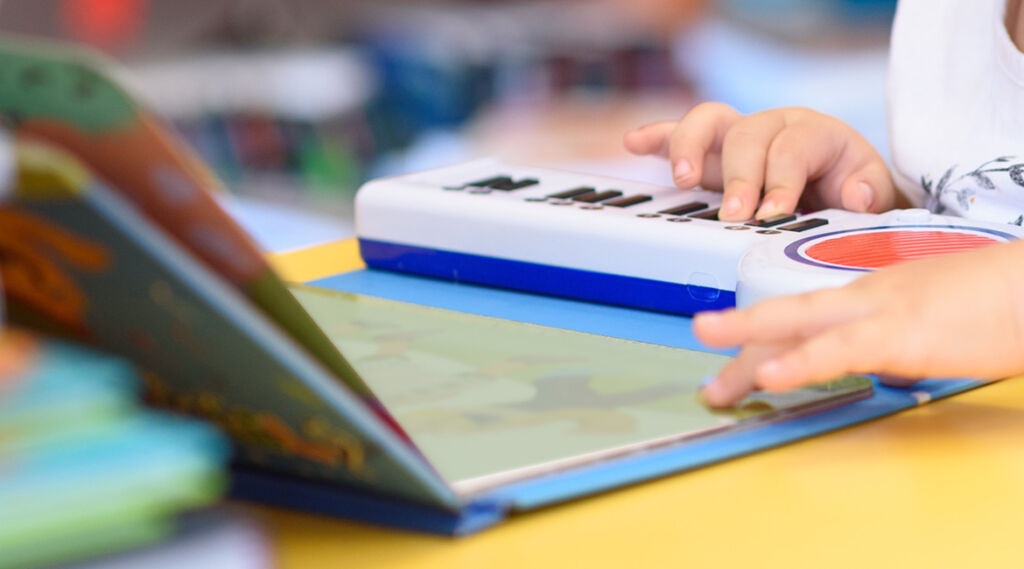The first months with a new-born are filled with beautiful feeding moments, giggles, and sleeping.
When your toddler becomes more independent and masters crawling, their curiosity and adventurous nature tend to put them in harm’s way.
For expectant parents, it is usually overwhelming to check around the house for changes to make your little one is kept safe.
That is why parents are told to immediately start babyproofing the house after the pregnancy is confirmed to avoid stress and excess work.
Yes, it is tedious, but there are several ways toddlers can get hurt when crawling or around the kitchen cabinet, toilet, etc.
Although it is impossible to avoid falls or accidents in babies, there are some vital steps to make your house accident-proof.
Child-Safety Baby Proofing Tips for Parents
Every loving parent wants to protect their little ones while not stifling their natural curiosity and investigative behaviours.
Keeping your home safer for your toddlers does not mean that you cut out all forms of exploring and adventures around the house.
By taking these simple tips to baby proof, you can prevent many childhood injuries and provide a safe and adventurous environment for your child.
1. Be Vigilant
There is no substitute for your earnest supervision, so never leave your toddler alone.
However, you can opt for safe havens if it is impossible to hover around your baby all day.
In the kitchen, be vigilant about stashing your knives out of reach, and the pot handles turned in; keep the oven latched and the stove’s knobs covered.
In the bathroom, keep dangerous products in a high, locked cabinet, latch the toilet lid, and use protective padding where needed.
Also, never leave a child unsupervised in the tub, as it takes only a few minutes for them to drown in an inch of water.
Ensure their bedrooms and everywhere around the house is protected with tools like stairway gates, latches, locks, furniture brackets, and the likes.
You can also hide breakables, heirlooms and valuables to prevent destruction and extra clean-up.
2. Patrol for Hazardous Substances
Store cleaning products, medicines, and potentially dangerous substances out of reach and sight from your little ones.
The common cause of hospitalization in kids is the accidental ingestion of hazardous substances.
Hence, devote special attention to where you store these household chemicals and medicines.
Now that you have a step-by-step plan for keeping your little one safe check out these must-have safety products.
3. Keep The Crib Safe
Baby cribs and crib mattresses are associated with suffocation, death, and injuries in babies and children younger than five years.
To prevent potential injuries, it is recommended that parents get age-appropriate crib-rail height for their children.

Baby Proofing Your House: Important Spots to Tackle
You will need to babyproof spots around your house before it causes any form of harm to your little one.
Anything that can pose a direct or indirect threat to your little one —slippery floors, wobbly furniture, etc. need fixing to avoid a hospital emergency.
Here is a checklist of vital spots and things to have for a secure home for your toddler:
1. Toilet and Bathrooms
Many parents do not know, but toddlers can drown in any place there is standing water, and pools are the primary cause of almost drowning.
Fortunately, with vigilance around any standing water and safety products, you can drastically reduce your child’s chances of a water-related injury
Toilet Lid Locks
At a point, babies and toddlers are drawn to toilets, either reaching or throwing toys into the toilet water.
If not supervised, they can fall into the toilets. Hence, use toilet lid locks on every bathroom in your house to prevent them from playing with it.
Non-skid Bath Mats and Seats
Once your baby has graduated to bathtubs, a non-skid bath mat is an additional protection layer to prevent slipping.
Slipping is detrimental to your toddler as it can cause bumped heads and even drowning.
2. Household Appliances
The strength of developing babies is alarming, and they can quickly get entrapped when playing with various appliances in the house.
Baby proofing tools that can aid prevent these are:
Furniture Wall Anchors
In the blink of an eye, your toddler can have a severe fall or injury when climbing furniture that is not adequately anchored on the wall.
To prevent this, proof furniture around the house with wall mount anchors.
Appliance Locks
Fortunately, locks prevent entrapments of your toddlers in appliances, and it helps prevent damage to your appliance models by your toddler.
However, check if the appliance model has certain limitations to the use of locks for optimum security.
Furniture Corner Protectors
Babies can trip or slide into anything; hence, proofing with your furniture— such as dining tables and dressers prevent potential injuries
3. Electrical Tools and Fireplaces
A vital step is to ensure that there are fire babyproofing tools around your house to prevent fire injuries and burns.
It is recommended to have at least one fire extinguisher in the event of a house fire.
Here are a few home baby proofing tools to consider:
Electrical Outlet Plugs
Your toddler will discover electrical outlets at one point, and it is not safe for them to play with these tools.
Use outlet plugs on the easy accessible electrical sockets so your youngsters would not get injured.
Burner Locks, Knob Covers and Guards
It does not take long for kids to play with knobs of gas burners and stoves, which is very dangerous.
Using gas or stove burner locks and knob covers can prevent any fire outbreak or injury from happening.
And for babies with growing reach, a stove guard prevents their little hands from yanking hot pots, handles, or contents down from the stove.
Conclusion
These baby proofing tools mustn’t give parents a false sense of security, as infants are supposed to be supervised at all times to prevent accidents.
If you are not confident about installing these baby proofing tools around the house, opt for the easy-to-install ones or recommendations from family and friends.
Additionally, most manufacturers provide a detailed manual with instructions. So, parents that are not tech-savvy can easily protect their babies with no worries.



